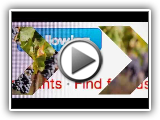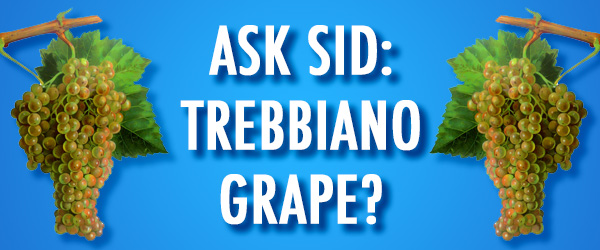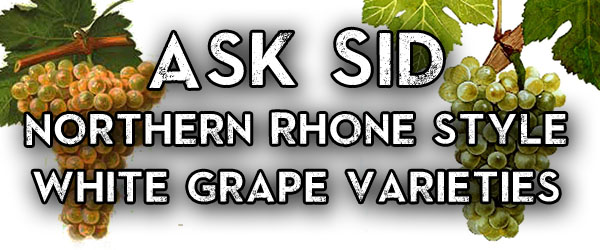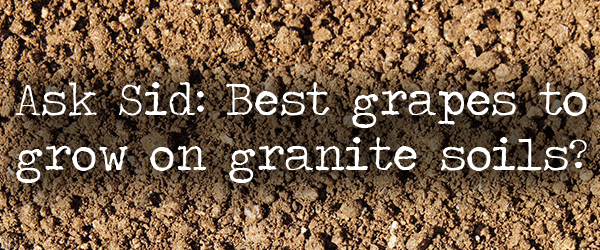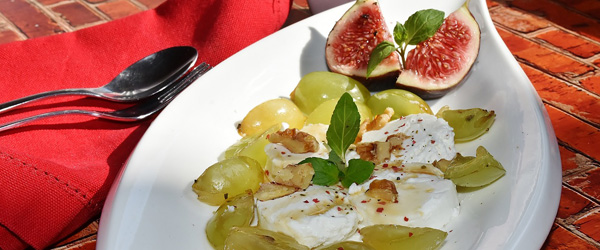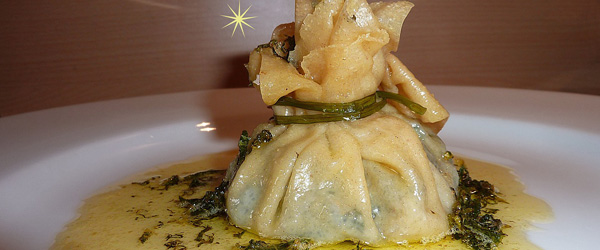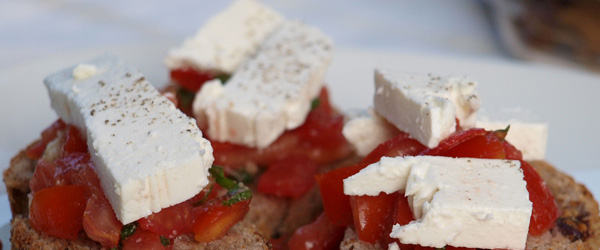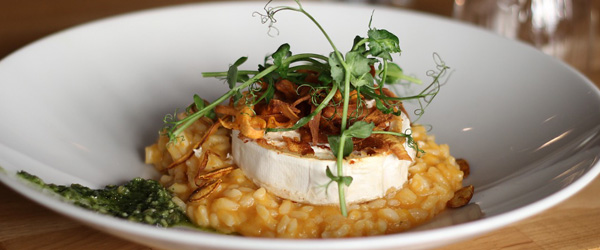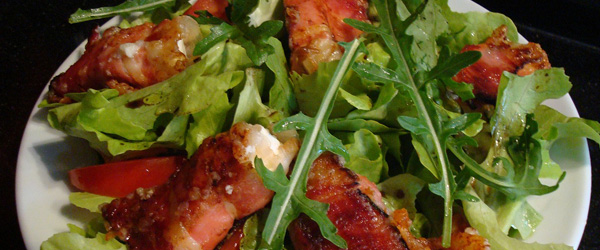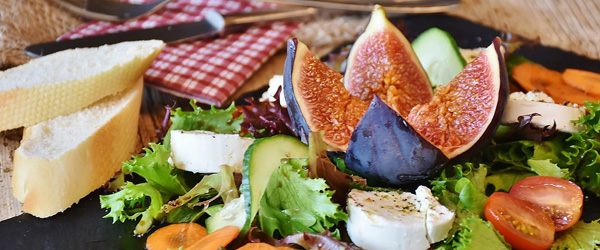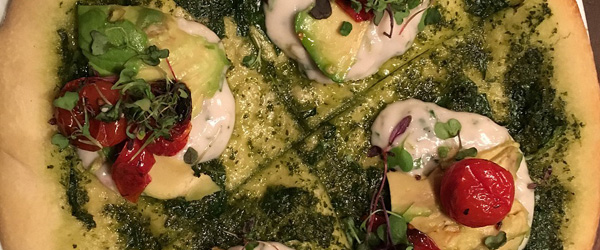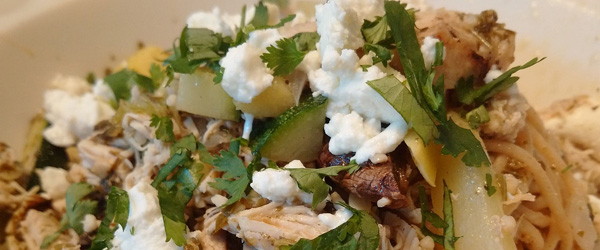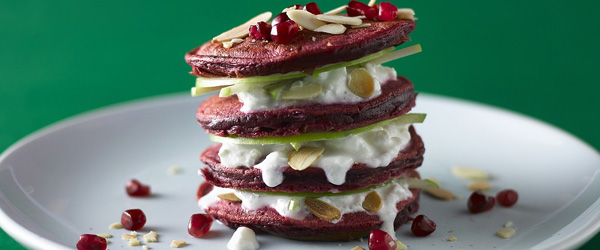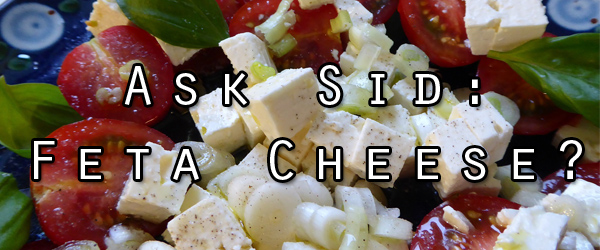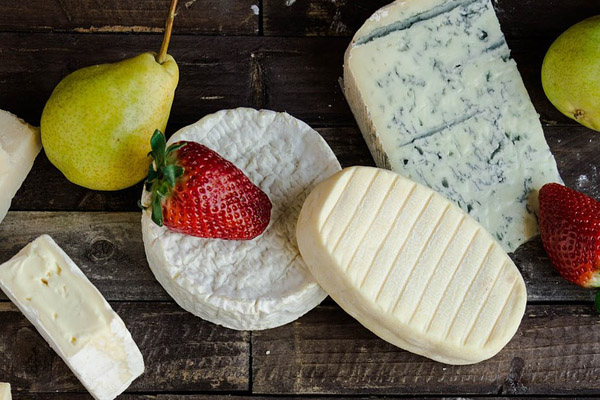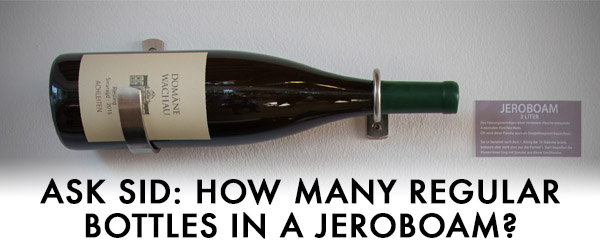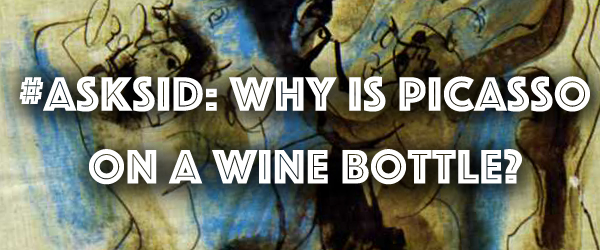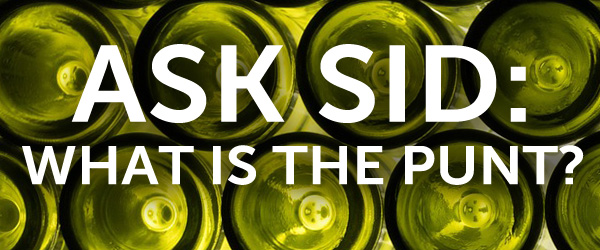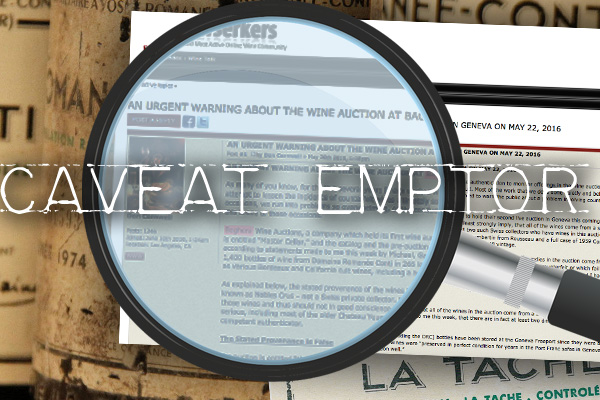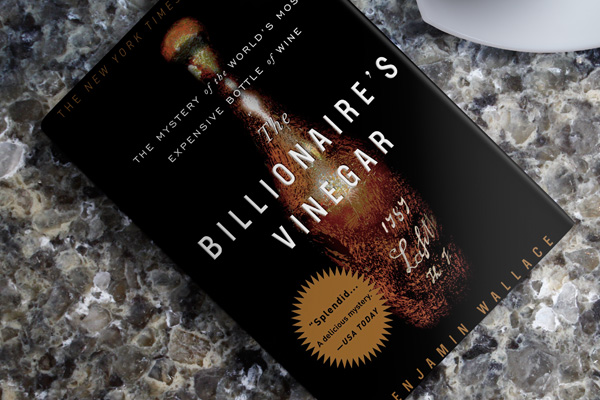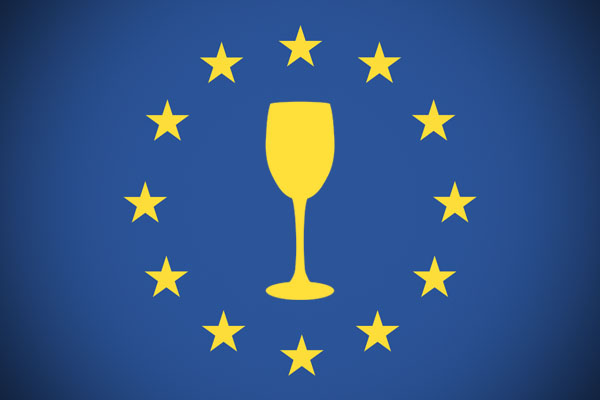
By Joseph Temple
As Brexit negotiations escalate to a fever pitch, Tory MP Edward Leigh has decided to raise an issue inside the House of Commons that seems to have been overlooked by other politicians and power brokers across the United Kingdom: where’s our wine? Referring to the European Union’s massive cellar containing an estimated more than 42,000 bottles, Leigh asked that the government “promise to take back control of our fair share of this art (the EU also has an art collection) and wine.”
According to The Telegraph, British negotiators are asking Brussels for 5,000 bottles, 250 bottles of spirits, and approximately €2.25m in artwork to be returned back to London. And while this all may be a largely trivial matter, it does raise the question of what exactly is stored in this gigantic cellar located beneath the Justus-Lipsius-Building that has been satisfying the palates of Europe’s elite since the 1970s when EU leaders began buying directly from producers all across the world.
Back in 2012, Austrian member of the European Parliament Martin Ehrenhauser first asked for an inventory and it took nearly four months for EU leaders to respond that the European Council and the European Commission housed a combined total of 42,789 bottles. With the Commission’s share consisting of 73% red, 24% white and 3% sparkling, Brussels reportedly spent $55,000 that year on wine – a mere fraction of its $170-billion-dollar budget for that fiscal year. Additionally, the Council reported that its spending on wine dropped dramatically, from $115,000 in 2009 to just $6,500 in 2012.
Based on the numbers that were released, if you’re conjuring up images of politicians sitting around a smoke-filled room as they sip on the finest first growths, you’ll be disappointed to learn that the most expensive bottle in the Commission’s collection costs no more than $60. But given the austerity measures taken across Europe, the fact that they housed a collection of that size provided ample fodder for populist critics of the EU. “I had not expected that they would have so many bottles. They should be working, not drinking,” said Ehrenhauser who originally brought up the issue.
And that may only be one side to the story. While the Commission has been upfront in releasing its numbers, pointing out that the wine can be purchased by senior officials at the restaurant inside its Berlaymont headquarters, the European Council didn’t release the value of its collection, arguing that its bottles are not sold but served at official dinners.
Adding to this secrecy is the fact that no one who isn’t part of the EU’s senior power structure can even get inside the cellar. The Express reports that “no one can look or photograph the repository: the council keeps it behind closed doors.” So as Leigh and other Brexiteers are demanding that Britain get back its fair share, who knows what that real number is – or if they’ll ever get it back?
You might also like:
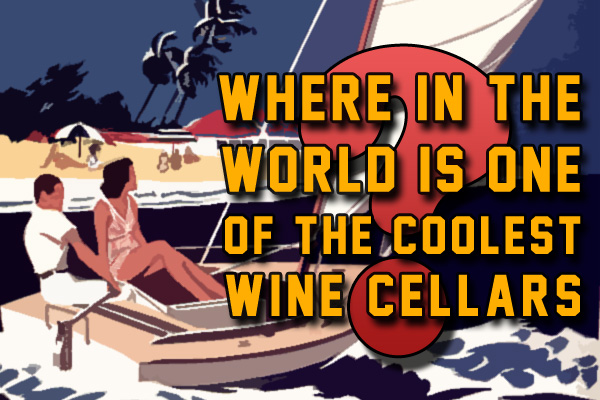 |
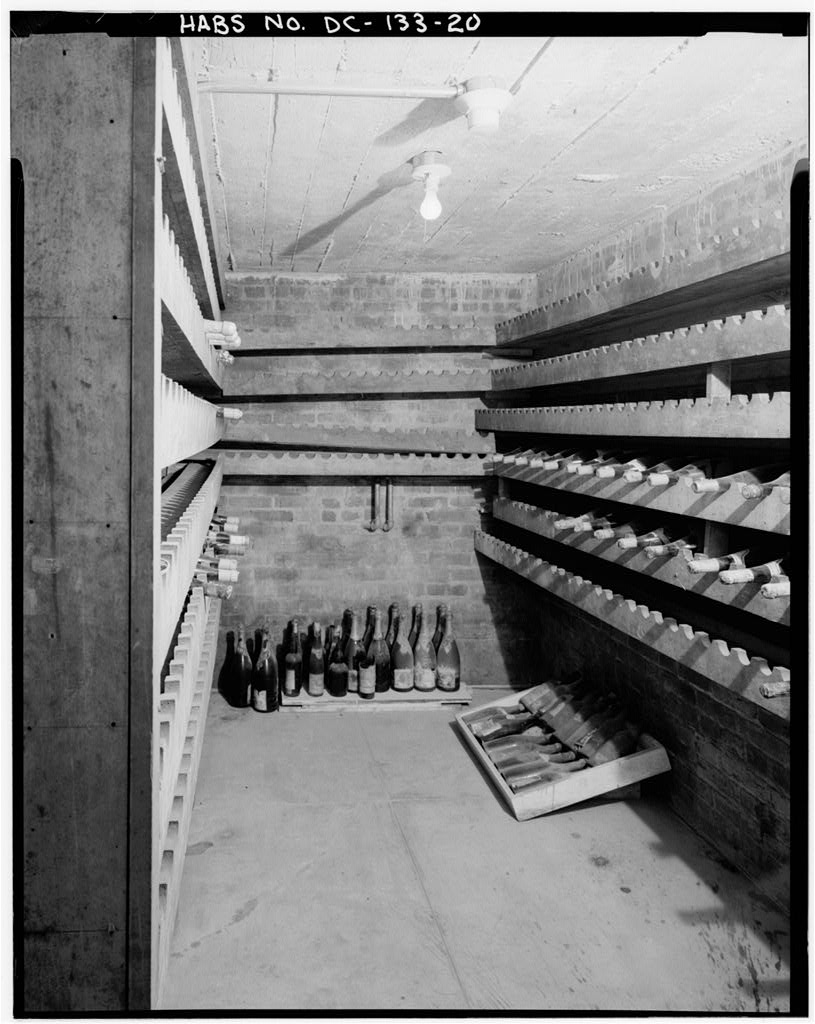 |
 |

